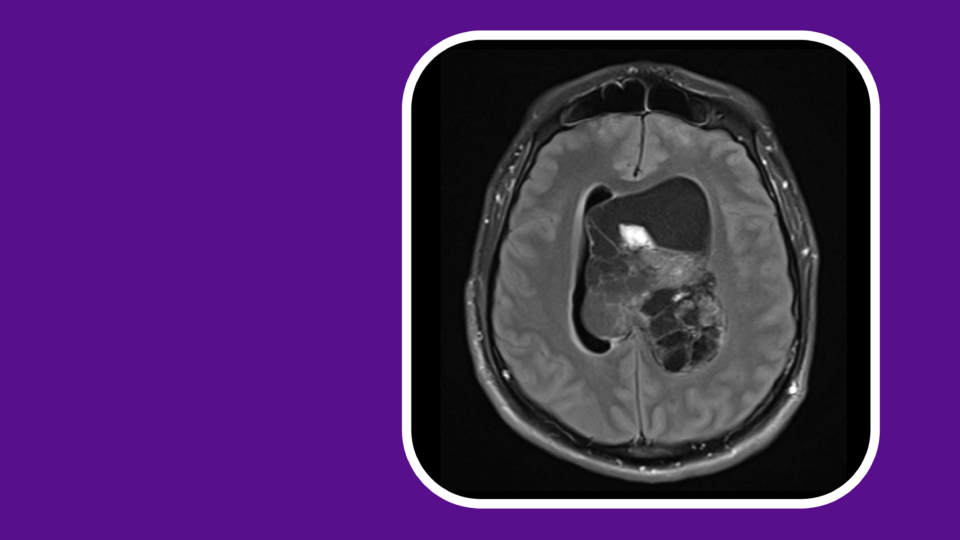Jennifer A. Frontera, MD, a neurocritical care expert, and biostatistician Andrea B. Troxel, ScD, are leading NYU Langone Health’s participation in the NIH-funded COVID-19 NeuroDatabank and NeuroBiobank initiatives to centralize and expand availability of post-COVID neurological data. The initiatives offer access to aggregate outcomes information that could help researchers reveal the pathological mechanisms behind post-COVID neurological symptoms that impact some patients long after infection.
The Heterogeneous Symptoms of “Long COVID”
Physician Focus: By now, we know that COVID-19 and post-COVID syndrome—“long COVID”—are frequently accompanied by neurological symptoms. What have we learned so far about the connection?
Dr. Frontera: We’ve learned a lot in two years, but we’re still working to fully tease out the constellation of neurological sequelae in severe COVID and post-COVID syndrome, defined by persistent symptoms at least four weeks following infection onset. These post-acute symptoms are notably heterogenous, spanning everything from fatigue, depression, and anxiety, to brain fog, headache and dizziness. We’ve even found biomarkers in a subset of patients with COVID that we typically see in patients with Alzheimer’s disease, possibly due to brain injury triggered by inflammation.
As we continue to gather patient data over time, we’re now working to better understand the specific mechanisms that would better define a post-COVID neurological syndrome.
Symptoms Linger After Severe Disease
Physician Focus: What have you observed from that data in terms of improvement of COVID-related neurological symptoms over time?
Dr. Troxel: In a recent study, we tracked outcomes data from patients at six and 12 months into their recovery. Notably, at 12 months post-hospitalization, we found that cognitive symptoms persisted in half of patients and nearly 90 percent had abnormal functional, cognitive, or Neuro-QoL metrics for anxiety, depression, fatigue, and sleep. We did find an improvement in patients’ cognitive and anxiety scores between the six and 12-month milestones.
It’s not clear whether these results are generalizable to those patients who have more mild or moderate COVID cases. We’ve also seen that the omicron variant appears less likely to result in persistent neurological symptoms, specifically hypoxia and sepsis. Those are the types of findings we’re still working to tease out.
Gathering Data to Better Target Treatment
Physician Focus: How does the NIH COVID-19 NeuroDatabank project fit in with those efforts?
Dr. Troxel: The databank was launched to develop a pool of COVID-related neurological data that is more granular than what we could glean from electronic health records alone. NYU Langone is one of 10 national sites contributing data, and as the one-time epicenter of the pandemic in New York City, we are an anchor of the database with the largest data component.
The goal is to expand our understanding of neurologic phenotypes, risk factors, socioeconomic factors, and therapeutic responses among patients with COVID-related neurological syndromes. Data in the NeuroDatabank will also be compared with a NeuroBiobank created with clinically collected samples from these patients to align clinical findings with biological markers.
Through another NIH-funded project, the RECOVER initiative, we’re also studying autopsy data to better understand the mechanisms of neurological inflammation in acute COVID—for example, whether it is caused by a breakdown of the blood–brain barrier.
Physician Focus: How do you hope this data will help inform treatment strategies going forward in patients with COVID-associated neurological sequelae?
“The rich data we collect can help to better stratify patients according to the particular pathway behind their symptoms.”
Jennifer A. Frontera, MD
Dr. Frontera: We found that when physicians took a holistic approach to patient management, including addressing neuropsychiatric symptoms of anxiety, depression, and fatigue along with headache and cognitive symptoms, that most patients reported substantial improvement in symptoms.
As we try to fine-tune therapies and develop cognitive rehabilitation programs, the rich data we collect can help to better stratify patients according to the particular pathway behind their symptoms. As studies are developed from the databases, we are hopeful that emerging insights will help us better target interventions for these patients.







